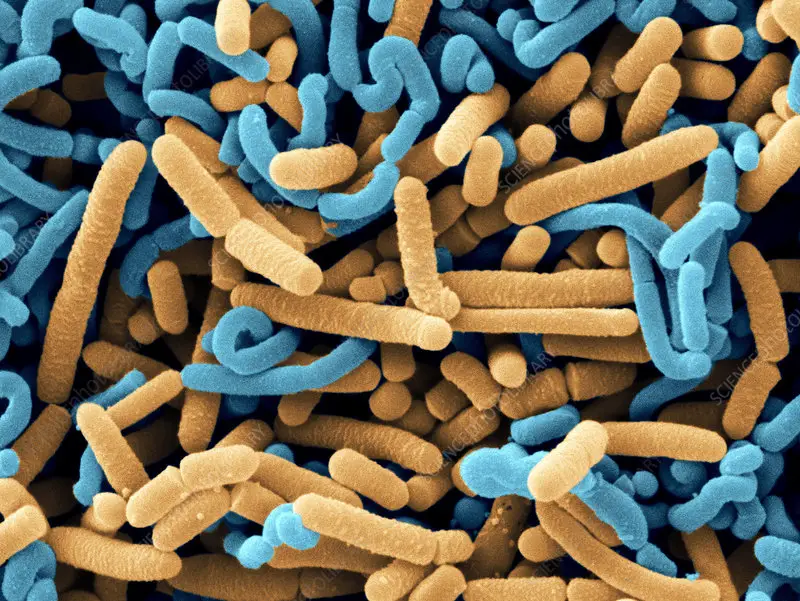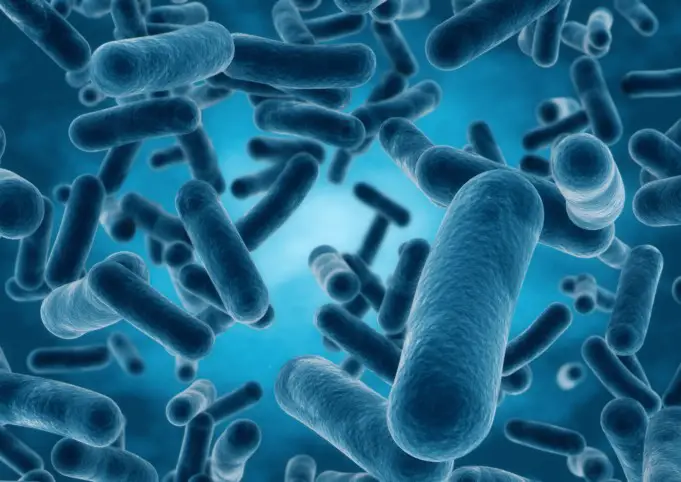There are many species of bacteria existing on the planet. While some may be harmful to human health, others are beneficial and necessary for our survival, one of which includes the lactobacilli.
Lactobacillus is a type of bacteria belonging to the lactic acid bacteria group, a group of bacteria that convert sugars to lactic acid.
They are friendly bacteria present in a number of sites in the human body such as our digestive system, genital and urinary systems, and they exist without causing diseases.
They exhibit a symbiotic relationship with the human body, which provides a source of nutrients and in turn, protect their host from potential pathogen infection.
Lactobacillus can also be found in fermented foods such as yogurt and wine and are available in the form of dietary supplements. They can also be used to treat vaginal infections, irritable bowel syndrome (IBS), stomach pain, constipation, diarrhea, and skin problems like eczema.
Lactobacillus can survive in both aerobic and anaerobic environments. Some examples of this species of bacteria include:
- L. delbruekii
- L. acidophilus
- L. brevis
- L. casei
- L. sanfranciscenis
Lactobacillus acidophilus is the major type of lactobacillus bacteria found in the intestines, and it plays a significant role in maintaining human health. It produces lactic acid by producing an enzyme called lactase, which breaks down lactose – a type of sugar found in milk – and converts it to lactic acid.
L. acidophilus is commonly used as probiotics. According to the World Health Organization, probiotics are living microorganisms that have beneficial effects on the host when administered in the proper amounts.
However, the word “probiotics” has been overused by food manufacturers on bacteria that have not been scientifically proven to have any beneficial effects on humans. This has led the word to be banned on all foods in the European Union by the European Food and Safety Authority.
Some species of lactobacillus are used in the food industry for controlled fermentation in the production of cheese, wine, pickles, beer, yogurt, cider, kefir, and kimchi. Lactobacillus species have antibiotic and antifungal properties that help to prevent the growth of other harmful bacteria.
Benefits of Lactobacilli

Evidence so far has shown that Lactobacilli has several beneficial effects on the body. These include:
Prevention of Diarrhea Bacterial infections are one of the many causes of diarrhea, and it can be harmful if left untreated for a long time as it results in loss of fluid and dehydration.
Studies have shown that probiotics such as Lactobacilli may prevent diarrhea. It may also reduce diarrhea associated with the use of antibiotics or caused by the infection caused by Clostridium difficile.
Treatment of Irritable Bowel Syndrome (IBS)
Irritable bowel syndrome is a gastrointestinal issue characterized by symptoms which include bloating, abdominal pain, and irregular bowel movement.
There is no known cause of the condition, although it has been suggested that it is caused by certain types of microorganisms in the gut.
Studies have shown that the use of a combination of probiotics, one of which includes L. acidophilus, improves bloating symptoms. Furthermore, another study revealed that L. acidophilus reduced abdominal pain in people suffering from irritable bowel syndrome.
Beneficial to Gut Health
The human digestive system is lined with a plethora of bacteria that play a significant role in your health. Lactobacilli are necessary for gut health as they produce lactic acid that prevents harmful bacteria from breeding in the intestines.
They also enable the intestinal lining to stay intact. These bacteria can help to increase the population of other beneficial gut bacteria, such as bifidobacteria. Lactobacilli can also increase the levels of fatty acid, such as butyrate, which is necessary for gut health.
Helps to Prevent and Treat Eczema
Eczema, also known as atopic dermatitis, has been shown to be treated with the use of lactobacillus products in infants and children.
It is also known to prevent eczema symptoms from developing in children when taken by a mother during the final month of pregnancy. However, not all strains of lactobacilli may have this effect.
Treatment of Constipation
The intake of lactobacillus probiotics for about 4 to 8 weeks can reduce constipation symptoms such as stomach pain, bloating, discomfort, and irregular bowel treatment. It may also ease the bowel movement in some people.
Treatment and Prevention of Vaginal Infections
Vaginal infections such as vaginosis and vulvovaginal candidiasis can be treated with the use of lactobacilli. These bacteria are typically found in the vagina where they produce lactic acid that prevents the growth of other harmful bacteria and can be used for the treatment and prevention of vaginal infections.
May Help in Reducing Cholesterol Levels
Excess cholesterol may put one at risk of developing a heart disease. This is especially true for low-density lipoprotein (LDL) cholesterol. However, studies have shown that lactobacilli may be useful in reducing cholesterol levels in the body.
Prevention of Infection of the Airways
Lactobacillus has been shown to prevent the infection of the airways in infants and children.
Lactobacilli, when administered to infants and children, has been known to reduce the chances of upper airway infections. Furthermore, toddlers between the ages of 1-6 years seem to get fewer and less severe respiratory symptoms when given milk fortified with lactobacillus.
Adults who drink fermented milk containing lactobacillus are less likely to have infections of the airways.













